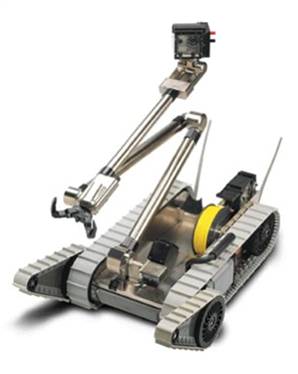Reference projects
Our
projects usually have long term nature. Except for technical
feasibility studies and other studies of short term nature usual
project time span extends over a period of 3 to 5 years. Our
reference projects include:
|
 |